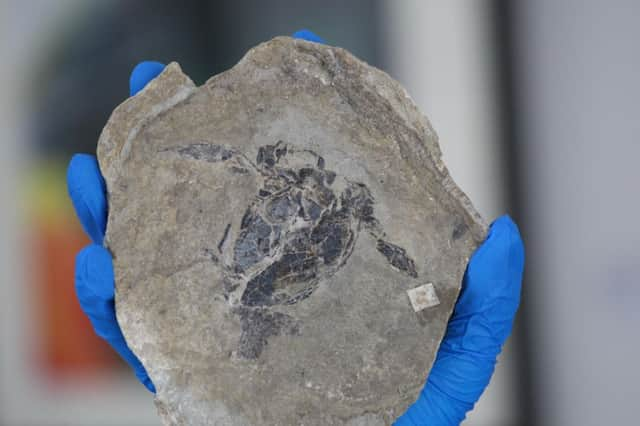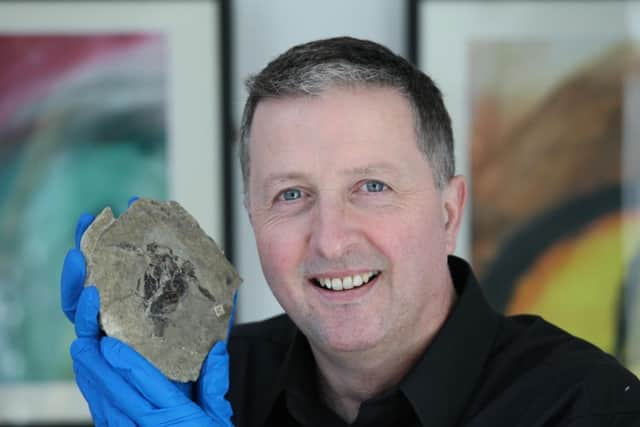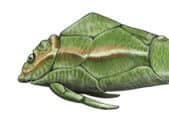Loch Ness Monster’s ‘great granny’ is discovered


But the proof may finally have been found – and it has been under the noses of Highlanders for over a century.
Fossils of a creature were found by a prominent 19th-century Highland writer and geologist, Hugh Miller, who lived in Cromarty.
Advertisement
Hide AdThey later became the property of Inverness Museum and Art Gallery (IMAG) and were stored in its fossil collection.


In the words of the great man himself: “Life is itself a school and nature always a fresh study.”
So when the president of the Official Loch Ness Fan Club, Gary Campbell, was invited to Inverness Museum and spotted the fossils, he saw the resemblance with Nessie and scientists were invited to investigate Miller’s discovery.
As part of research for the upcoming Inverness Science Festival, IMAG and festival teams went hunting for the origins of the flippered fossil, known as Pterichthyoides milleri, or “Pessie” as it has been christened.
When it was alive, the creature lived amongst dinosaurs in freshwater lakes during the Paleozoic era. Incredibly, the research has revealed that Pessie lived on the bottom of the lakes that would later become Loch Ness.


The Paleozoic era, which ran from about 542 million years ago to 251m years ago, was a time of great change on Earth.
Advertisement
Hide AdThe era began with the break-up of one supercontinent and the formation of another. Plants became widespread and the first vertebrate animals colonised land. Towards the end of this period, there was the “great extinction” that caused a number of species to die out.
Museum curator Cait McCullagh said: “If you think of the picture that most people have in their heads of the Loch Ness Monster, our fossils pretty much meet what they would expect.
Advertisement
Hide Ad“Pterichthyoides milleri lived at the bottom of freshwater lochs and had flippers to help it move around. Interestingly, its head and back were covered in an armoured shell, showing that it was well protected from predator attacks – ready for anything.”
During preparation work for the festival, Dr Evelyn Gray, an orthopaedic researcher, worked with Ms McCullagh on the history of Pessie.
The investigations were undertaken as part of research into possible scientific explanations for the origins of the Loch Ness Monster.
“It became clear that what we have here could be Nessie’s great granny,” explained Dr Gray. “It fits all the criteria that people around the world associate with lake monsters.
“However, if we assume that this form of Nessie would evolve in a normal fashion, then we can project how biological changes over the millennia might make it similar to the larger Nessie we think of today”.
Mr Campbell, president of the Nessie fan club, said: “This is fantastic news for all Nessie fans. For the first time, visitors to Loch Ness can be guaranteed to see a real Nessie, notwithstanding that it’s a few years older than her relative in the loch today.”
FOLLOW US
SCOTSMAN TABLET AND MOBILE APPS